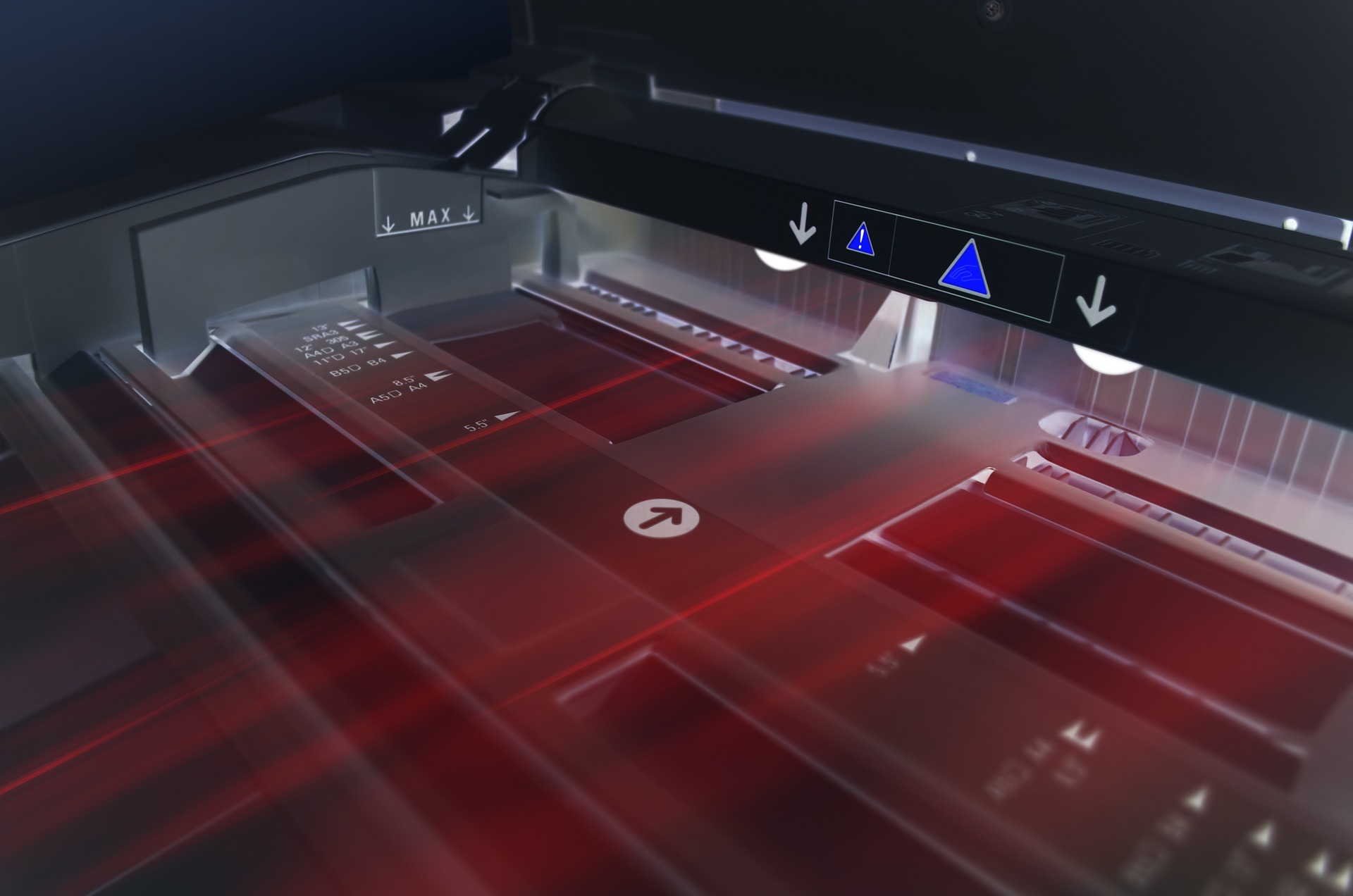"Reviving the Classic: The Comeback of Terrazzo in Modern Homes"
Introduction: Terrazzo, a composite material that has graced floors and walls for centuries, is making a surprising comeback in contemporary interior design. This historic material, often overlooked in favor of marble, granite, or quartz, is now a sought-after choice for its unique, whimsical aesthetic and eco-friendly properties.

A Glimpse into Terrazzo’s Past
Terrazzo, an Italian term meaning “terrace,” dates back to the 15th century. Venetian construction workers invented it out of resourcefulness, using leftover marble chips to surface the terraces surrounding their homes. Over time, this practice evolved into an art form, resulting in the distinctive small speckled pattern we associate with terrazzo today.
The material gained popularity in the 1920s during the Art Deco period and again in the mid-century era, but fell out of favor in the following decades. However, the 21st century has seen a resurgence in terrazzo’s popularity as homeowners and interior designers rediscover its unique charm and versatility.
The Revival of Terrazzo in Modern Design
Today, terrazzo is used for more than just flooring—it can be found in countertops, sinks, wall treatments, and even furniture. The composite’s distinctive mosaic-like appearance adds character and spark to any space. Designers are drawn to its ability to create a statement while maintaining an air of understated elegance.
The renewed interest in terrazzo is also largely attributed to an increasing demand for sustainable materials. Terrazzo is essentially made from recycled stone and glass chips, making it an eco-friendly choice for the environmentally conscious homeowner.
Practicality and Versatility of Terrazzo
Terrazzo fits seamlessly into any design scheme due to its inherent versatility. It can be customized to any color scheme and chip size, allowing for endless design possibilities. This flexibility makes terrazzo a fitting choice for minimalist, maximalist, and every design style in between.
Not only is terrazzo visually appealing, but it’s also highly durable. It resists water, heat, and heavy traffic, making it ideal for bathrooms, kitchens, and entryways. Despite its initial cost, terrazzo proves to be a cost-effective choice over time due to its longevity and minimal maintenance requirements.
Market Trends and Future Prospects
As demand grows, manufacturers are innovating with new terrazzo products, including precast terrazzo slabs and tiles, making it easier for homeowners to incorporate this material into their homes. The terrazzo market is expected to continue growing in the coming years, thanks to its rising popularity among homeowners and design professionals.
Enhancing Daily Living with Terrazzo
Incorporating terrazzo into a home not only adds aesthetic value but can also enhance daily living. Its clean, smooth surface is easy to maintain, and its durability ensures it can withstand the wear and tear of everyday life. Moreover, its unique look can elevate the mood of a space, contributing to the overall enjoyment and comfort of the home.
In conclusion, terrazzo’s resurgence is more than just a passing trend—it is a testament to its timeless appeal, versatility, and sustainable properties. As homeowners and designers continue to embrace this classic material, we can expect to see more of terrazzo’s charm in modern homes.





